With all the hype, celebrity, and media coverage of Campaign 2016, and the worries abounding about guys like Donald Trump on the right and Bernie Sanders on the left, it is important to remember that fundamentals still matter. Television ads will draw people to the polls, but those advertisements will not be enough. There must also be a ground game. Even Jesus had a ground game.
After this the Lord appointed seventy-two[a] others and sent them on ahead of him, two by two, into every town and place where he himself was about to go. And he said to them, “The harvest is plentiful, but the laborers are few. Therefore pray earnestly to the Lord of the harvest to send out laborers into his harvest. (Luke 10:1-2)
The population of the country makes this necessary.
Of the 320 million people in this country, roughly 68%, or 218,959,000 are eligible to vote.
Of those, only 146,311,000 are actually registered to vote, which is 45% of the total population.
Of the who are registered to vote, 126,144,000 actually voted in the 2012 Presidential election, which is 39% of the total population, 86% of registered voters, but only 57% of those who are eligible to vote.
Barack Obama won in 2012 with 65,915,796 votes, which amounted to 51.1% of the total vote, but was really 45% of the registered voter population in the nation and only 20.5% of the total population and 30% of the voting age population. But, that was an extraordinary election year. The 2014 election year, by contrast, saw a lot of people sit home.
Now follow along with me here. According to the Leadership Institution in Washington (though my data from them is a few years old) the average voter engagement amounts to 25% of the voting age population across time engaging in races.1
In other words, if the average is 25% of the voting age population regularly votes, you need 13% of the voting age population to win.
But, and this is where campaign fundamentals come into play — again from Leadership Institute data:
Of the 25% of the voting age population who normally votes, 9% pretty consistenly vote Democrat and 8% pretty consistently vote Republican.
That leaves you with 8% left.
2% of voters tend to be single issue voters, i.e. they only vote on gay issues, gun issues, abortion issues, environmental issues, etc.
That leaves 6% of the voters as up for grabs, which means you actually need to target 4% of the voting age population to vote for you.
This is where the ground game comes in. Television advertising is pretty scatter shot. Radio advertising is a bit more precise because, for example, listeners to urban radio tend to be Democrats and listeners to talk radio tend to be Republicans who vote.
But advertisements do not draw out the bulk of people. Door to door increases turn out. Voters who are called on the phone by a live human being and encouraged to vote are more likely to vote than those who just see ads. Voters who actually have someone show up at their door face to face are the most likely to vote for a candidate. Those ground games matter.
The follow up matteres even more. Take, for example, this story on Donald Trump.
Trump’s growing team has identified more than 10,000 voters – many at his hot-ticket rallies giving away their personal data for a glimpse at a celebrity – who have committed to voting for him in February’s first-in-the-nation primary in New Hampshire, the Guardian has learned. His sprawling campaign apparatus already has more paid organizers on the ground in Iowa and New Hampshire than any of his 14 Republican rivals.
That sounds impressive, but it is only 10% of what Mitt Romney was able to do in New Hampshire.
Trump getting out there and hiring people across the board will help him. The other campaigns need to step up their game. But none of the campaigns should think that an air war really matters. More and more Americans, particularly younger voters, are turning of television and going with Netflix, iTunes, etc. — none of which do advertising.
Targeted advertisements work better across the board. But door to door is the best way to turn out voters. Investment in ground games matter. That Trump appears to be investing heavily in a door to door force is good. But there is also the caveat emptor situation. I know plenty of campaigns over the years that have invested in huge field operations. It turned out that those field operations were really just consultants making tons of cash with little to show for it. That’s actually a real problem for very wealth politicians, particularly on the Republican side. Democrats tend to grapple with their consultants better while rich Republicans have consistently gotten played by their “ground game” consultants.
In 2000 and 2004, the Bush team used real, daily metrics on doors knocked and voters reached to build up a name by name database of people committed to vote. The math is doable down to the precinct level to know how many voters across the country in each precinct a candidate needs. Then the campaign can send out a field team and get those commitments.
The ground game matters. Jesus knew it. The candidates better.
1. These percentages are actually a bit out of whack. I got them from the Leadership Institute in a lecture a few years ago, but with the ebbs and flows of the election seasons, they are not off enough to really make a difference in the key points. Just remember, the data fluctuates each season by a couple of percentage points.↩

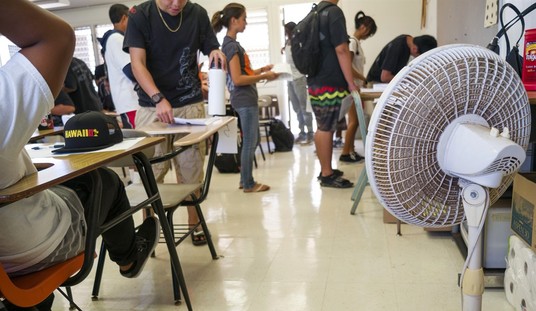



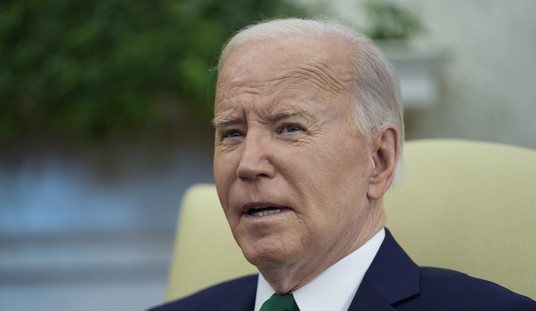



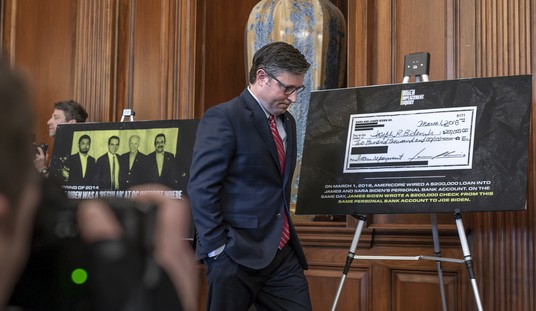

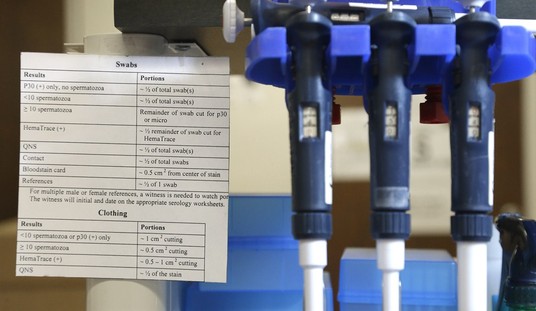
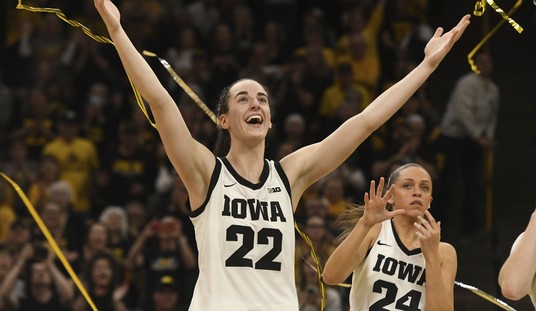
Join the conversation as a VIP Member